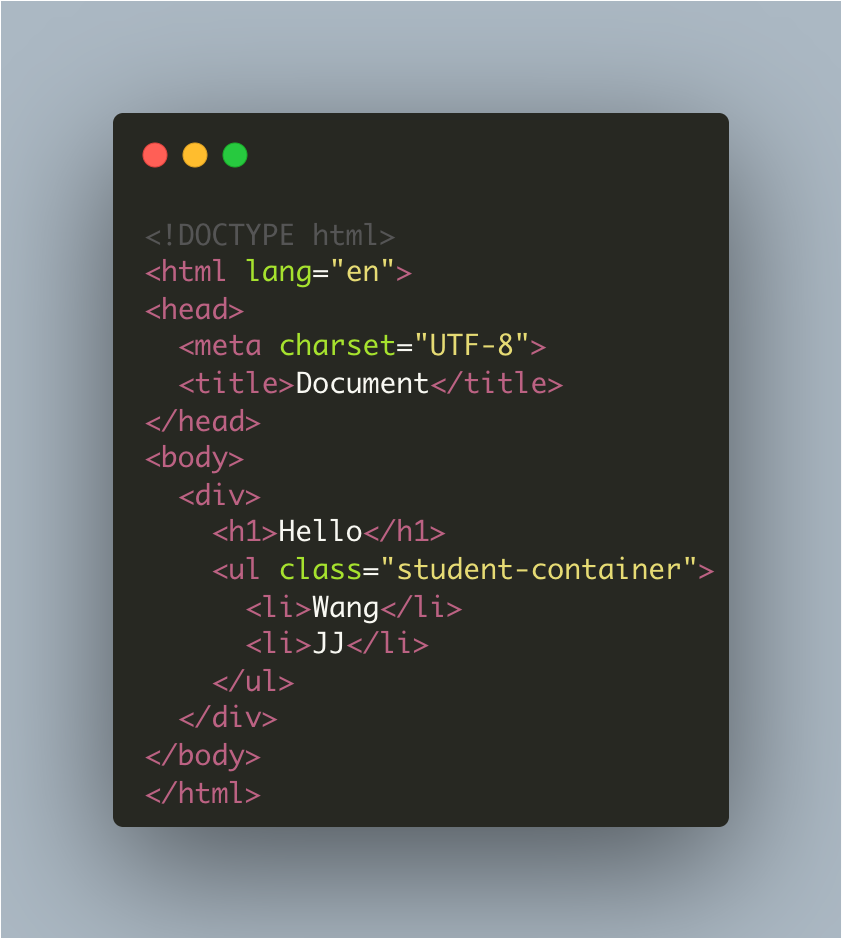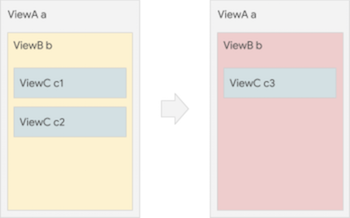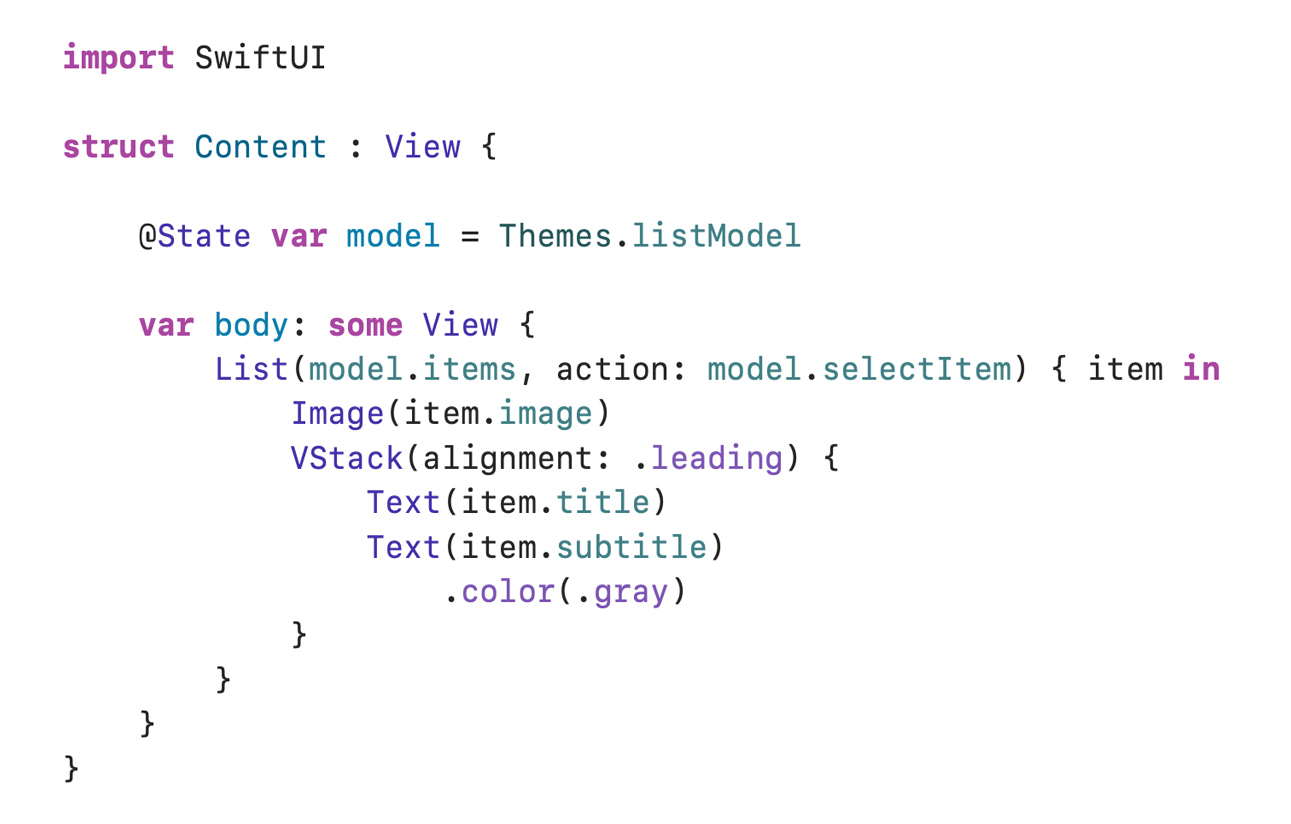声明式UI

导语
经常听说这个 声明式UI(Declarative UI),它的定义是什么? 相对的还有 命令式UI(Imperative UI) ,它们的区别是什么呢?
定义
找了几篇文章,这篇 the-shift-to-declarative-ui 介绍的比较清楚:对于声明式UI
You describe what the UI should look like for a given state, and the framework figures out how to do it using sensible defaults and context.
而 Flutter - Introduction to declarative UI 这篇也有类似的描述:
In the declarative style, view configurations (such as Flutter’s Widgets) are immutable and are only lightweight “blueprints”. To change the UI, a widget triggers a rebuild on itself (most commonly by calling setState() on StatefulWidgets in Flutter) and constructs a new Widget subtree.
总结下就是:声明式UI 是一种描述 UI 的范式,用户负责提供描述 UI 结构的定义,框架负责组件渲染、生命周期、状态管理等等工作。
而 命令式UI 则需要用户自己管理组件的渲染、生命周期等等
例子
Flutter
这个 Flutter 官网的例子,很好的解释了 命令式UI 和 声明式UI 的区别
比如要从左边这个界面切换到右边的界面

命令式会这么写:
而声明式会这么写:
声明式不要去考虑如何转换颜色,如何清除子结点。只需要描述对应状态下应该如何显示界面
SwiftUI
再来看看 SwiftUI 官网的例子,描述了如何创建一个列表界面:
